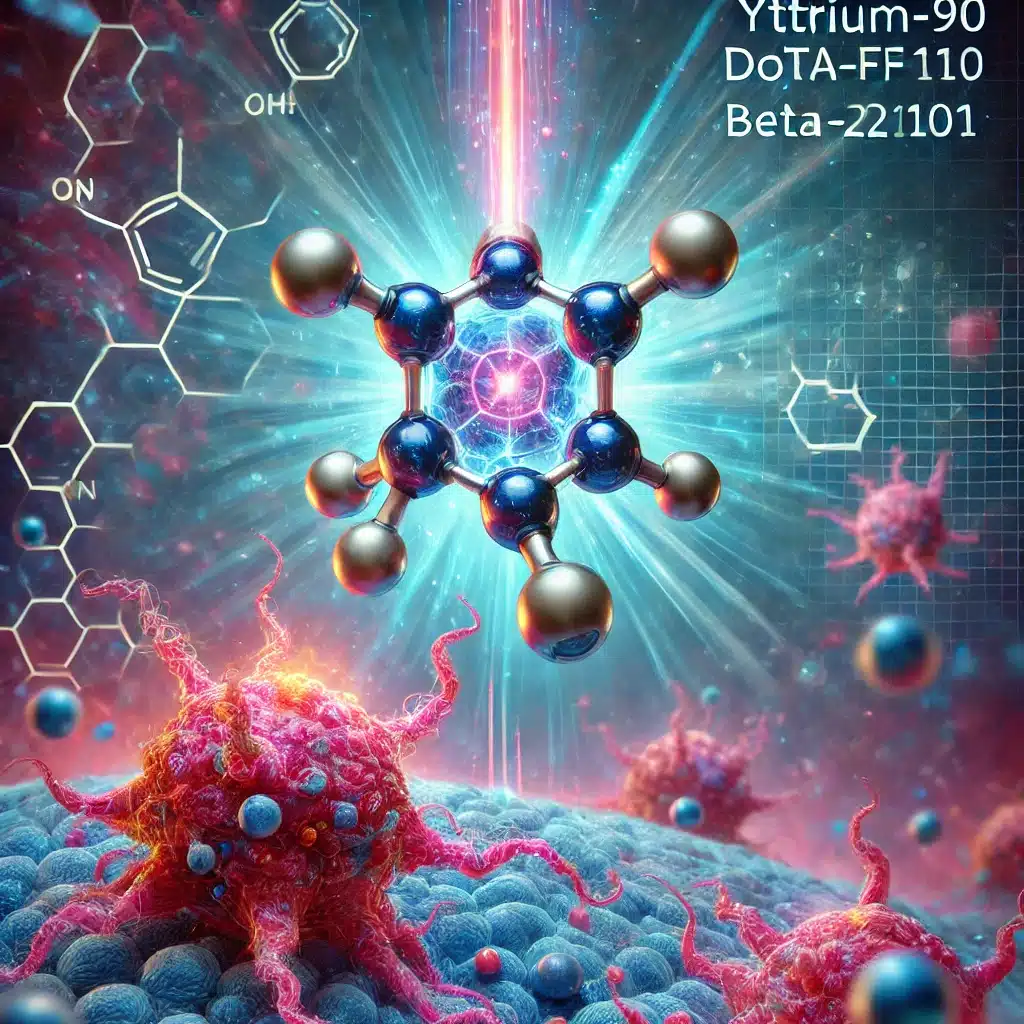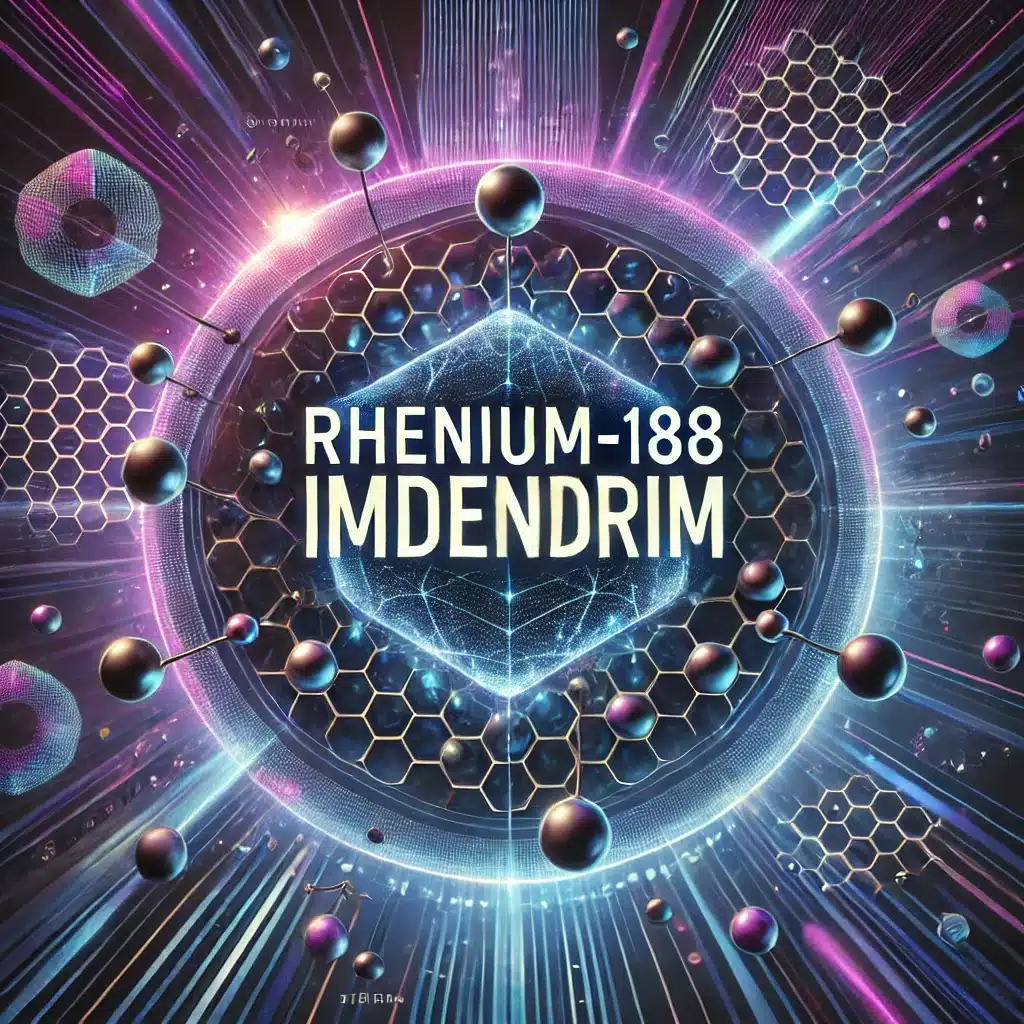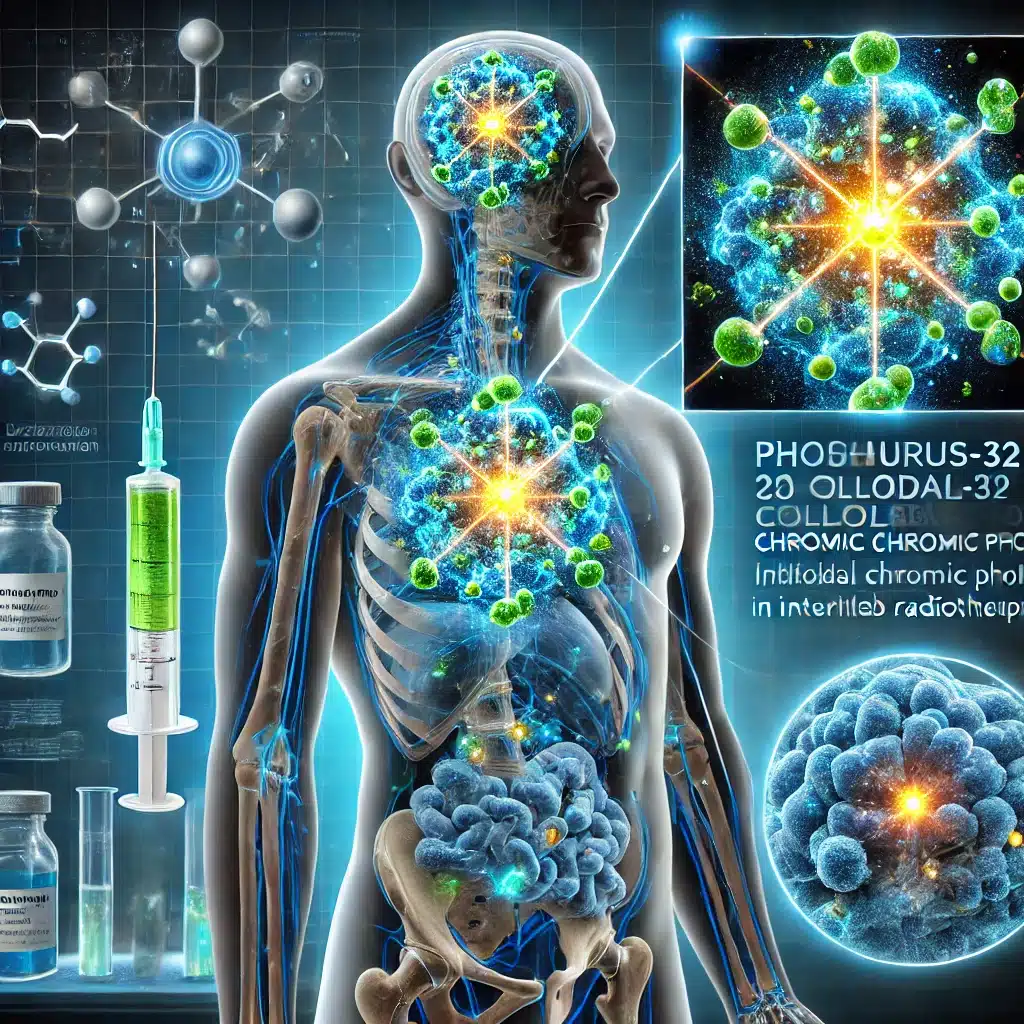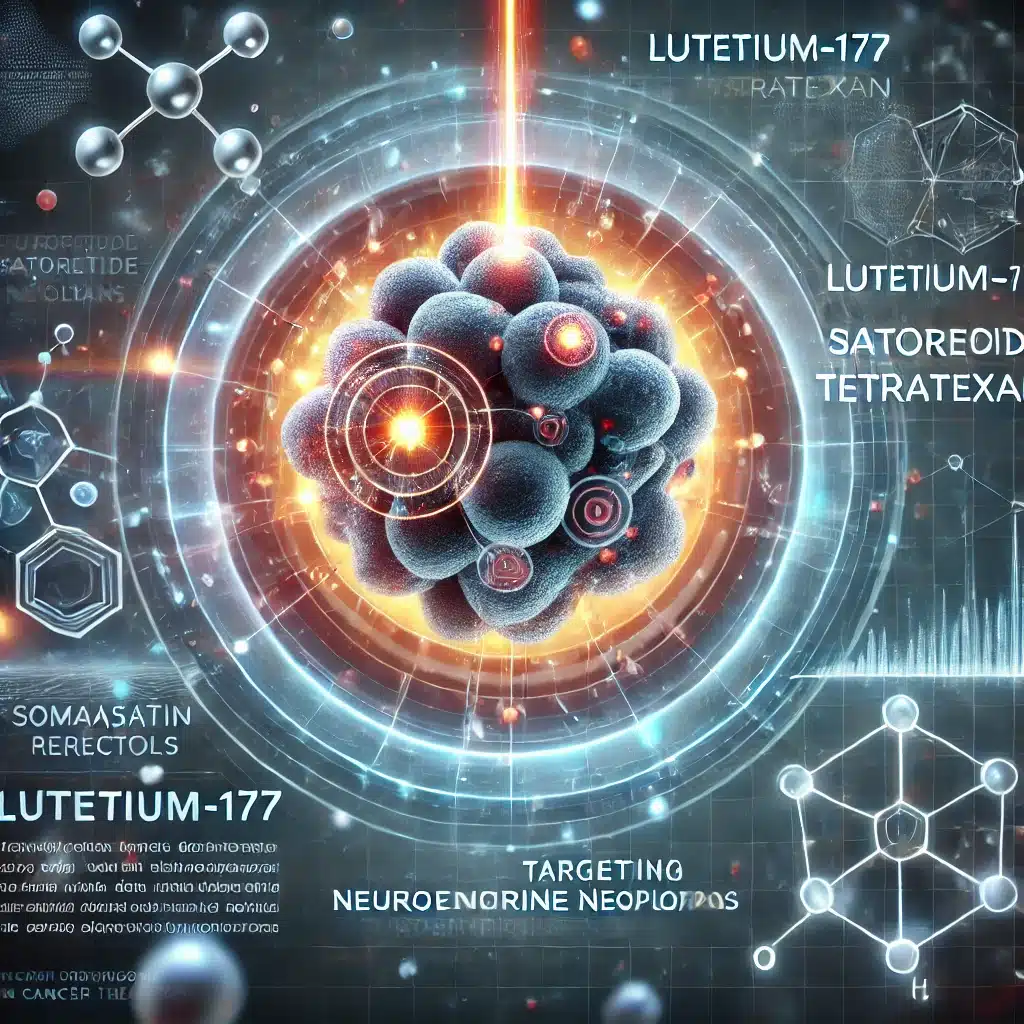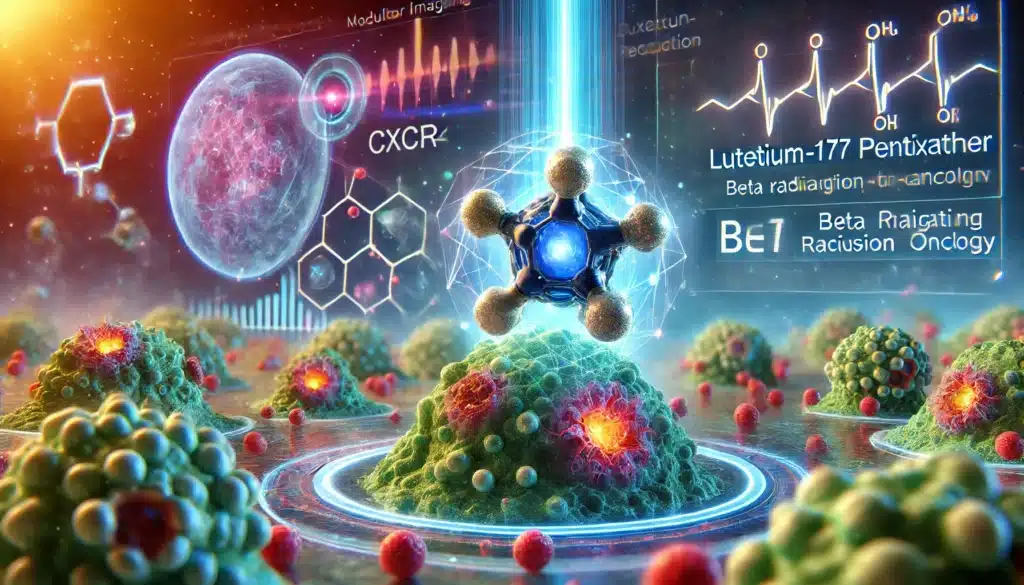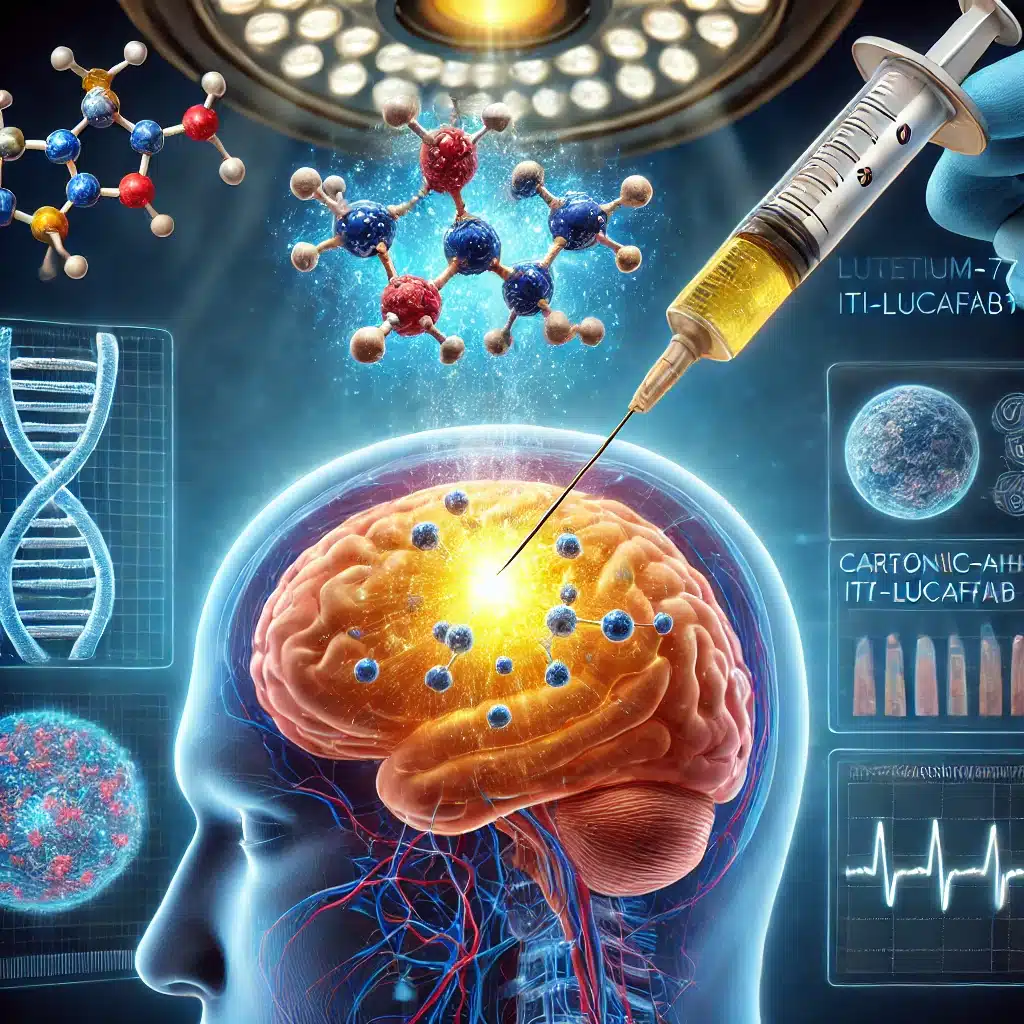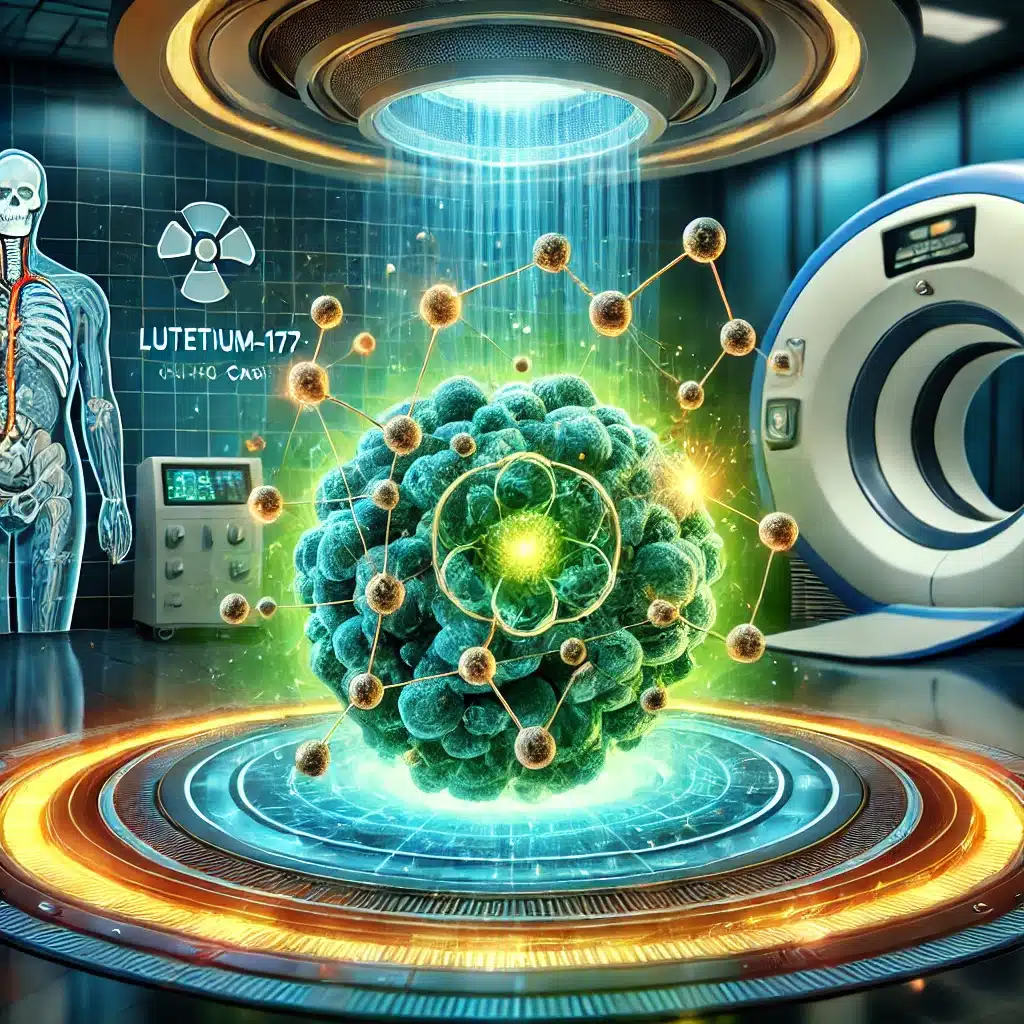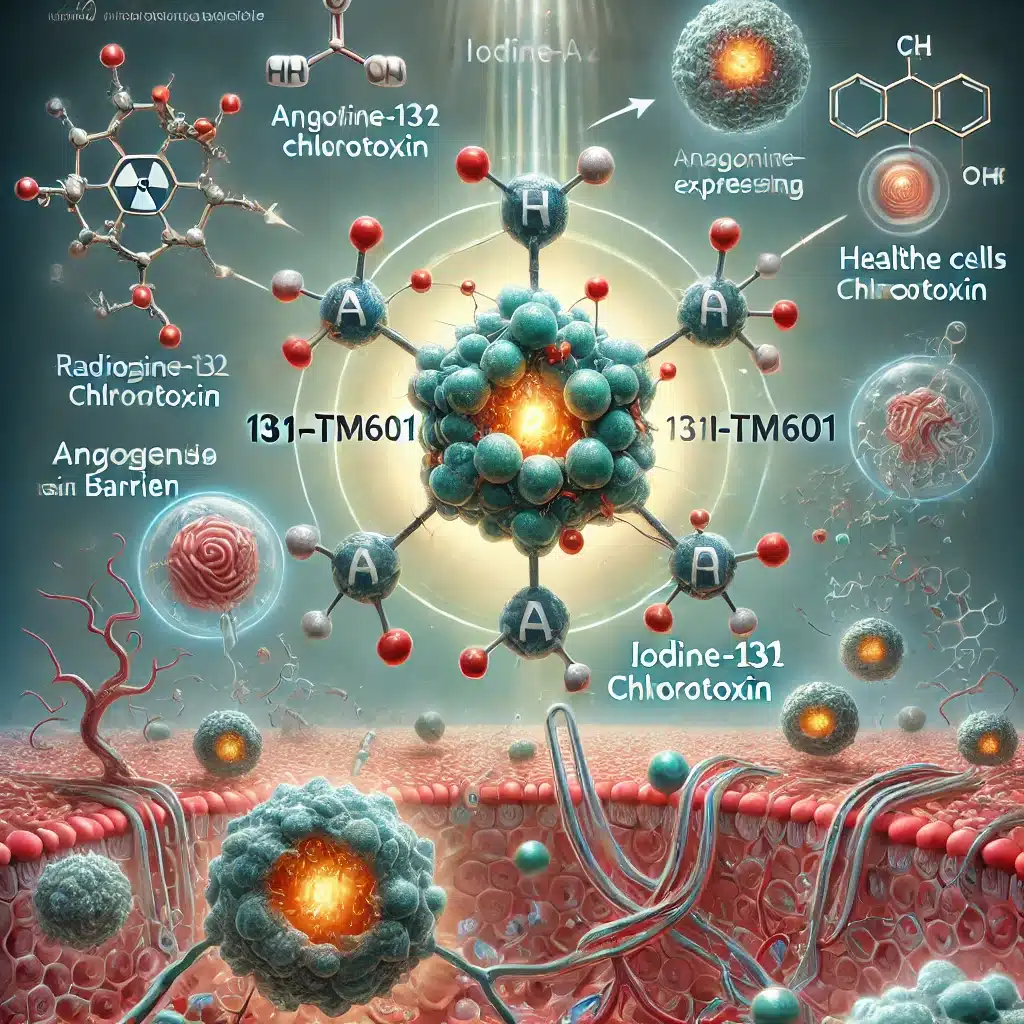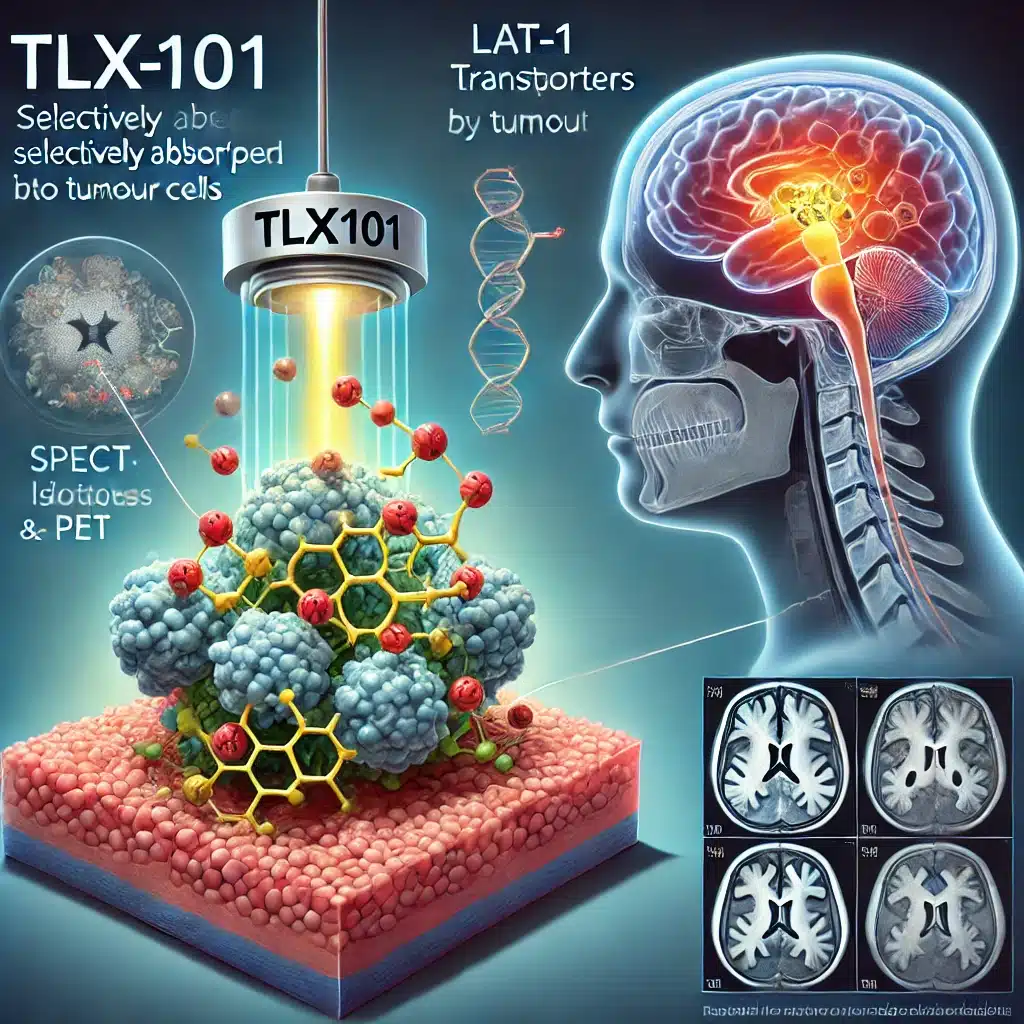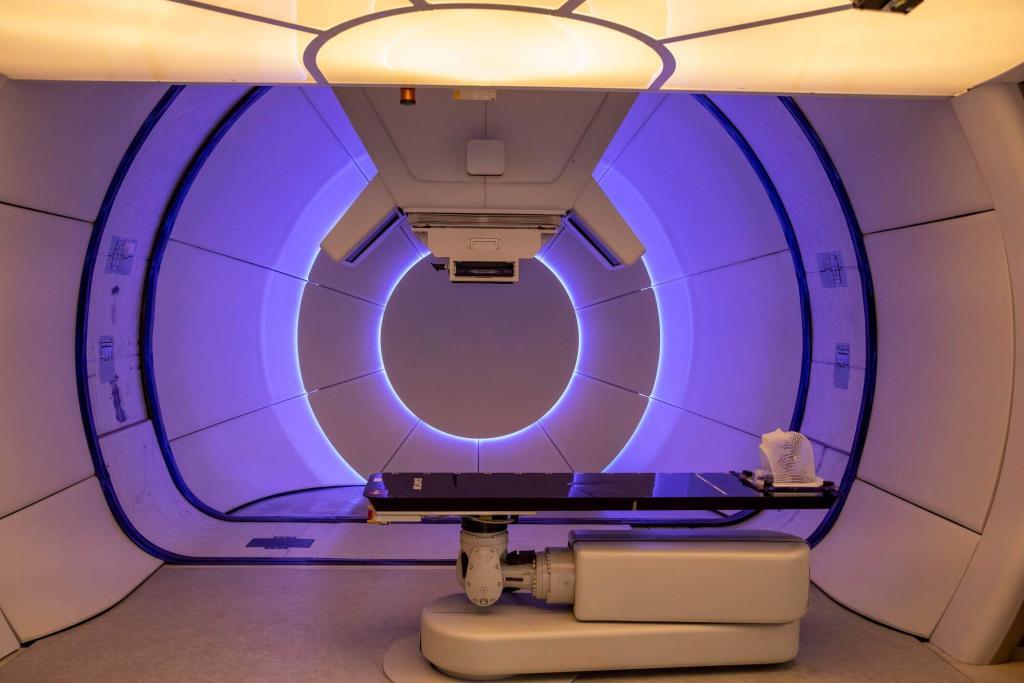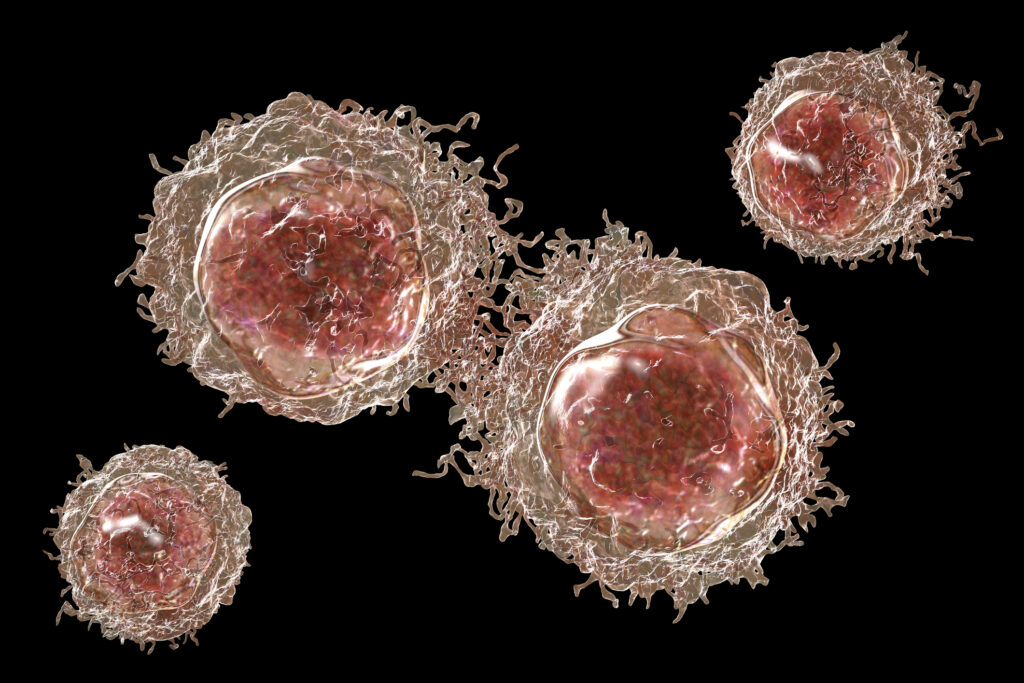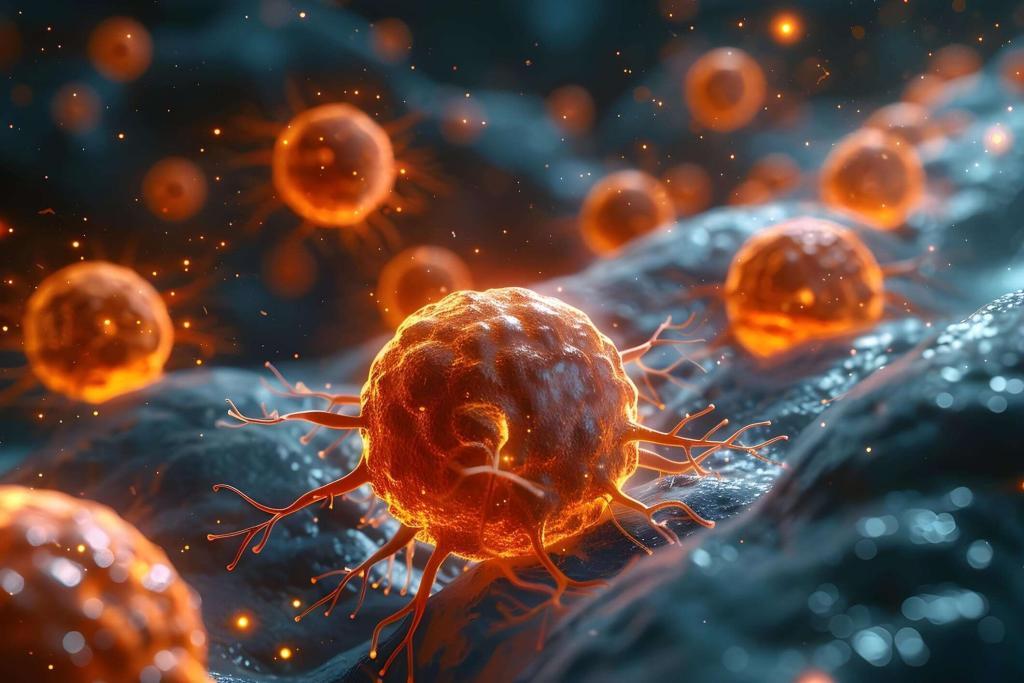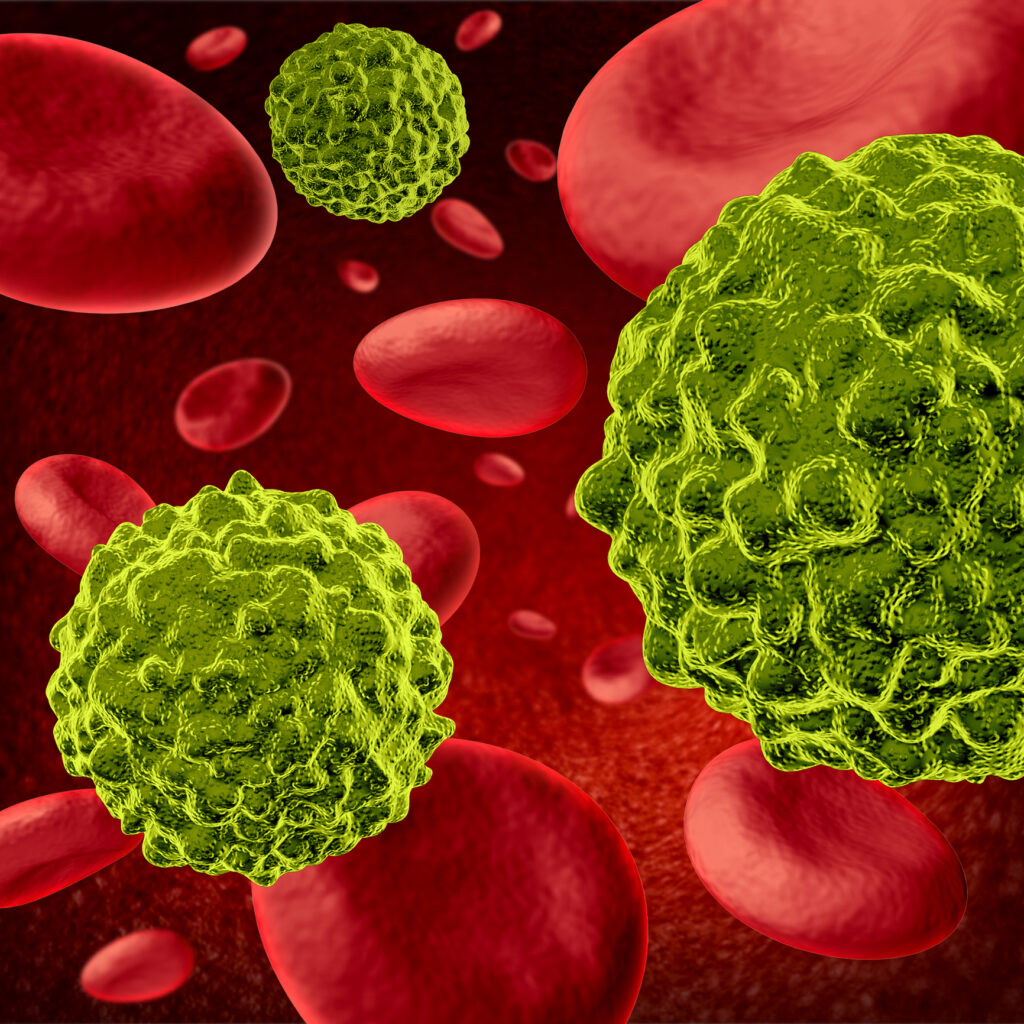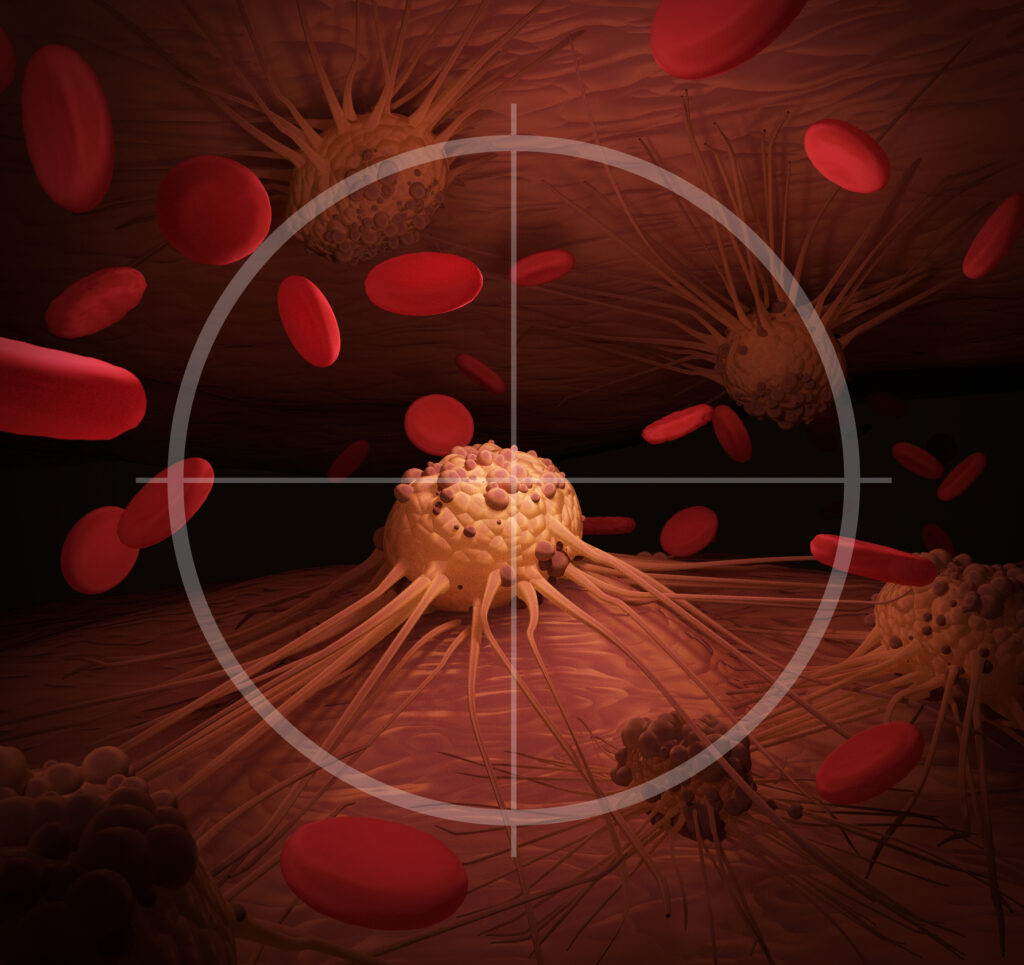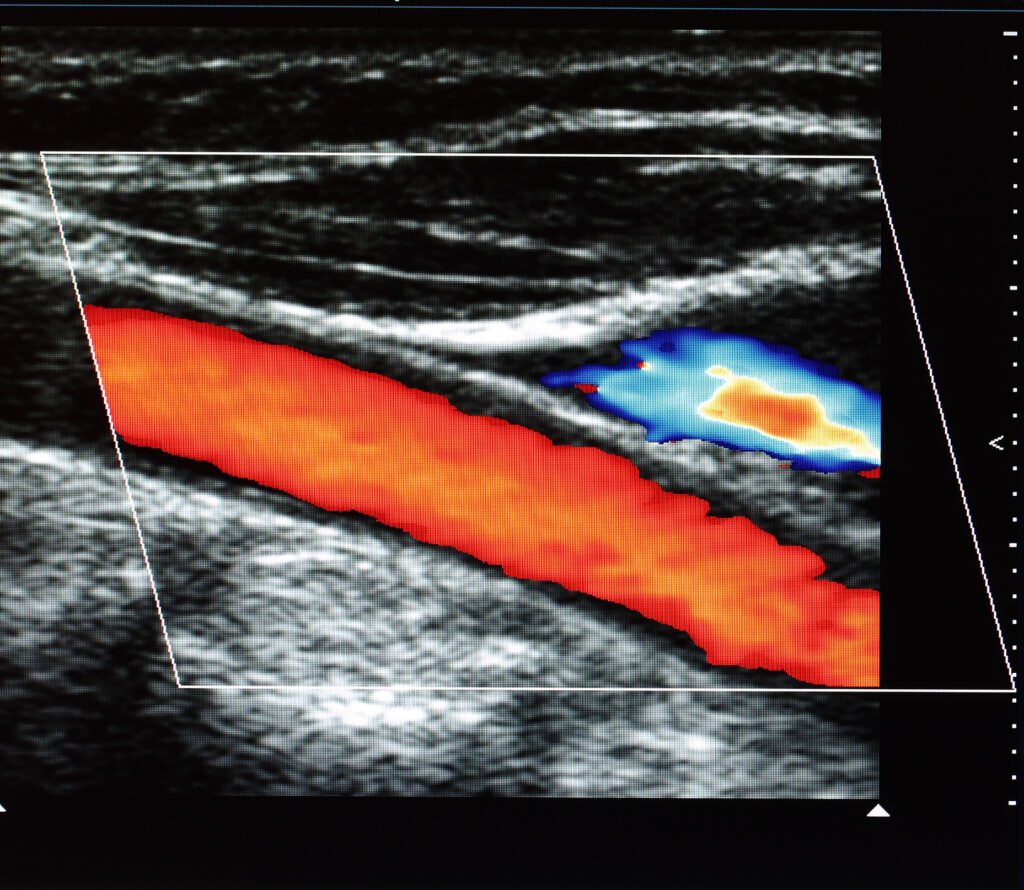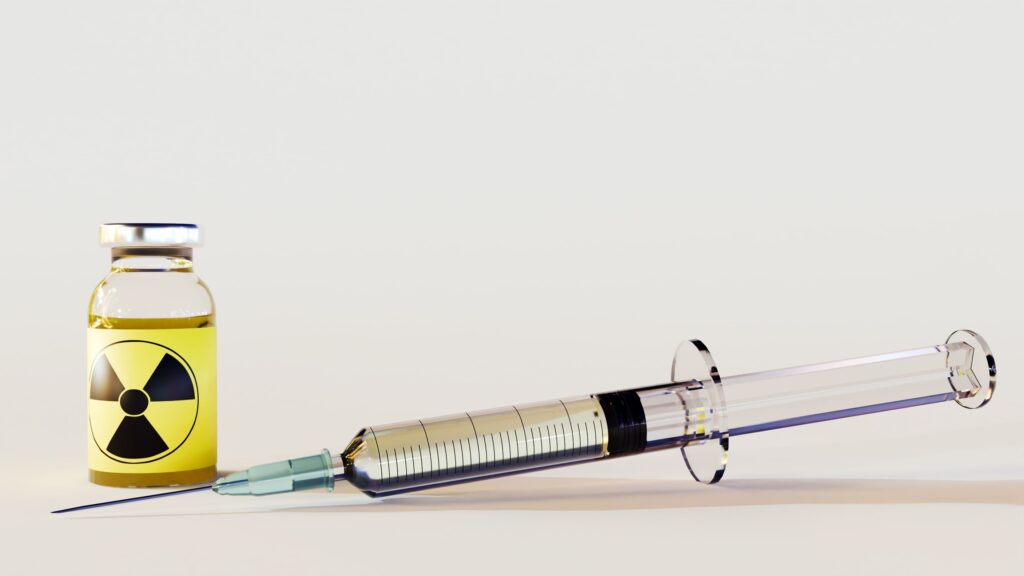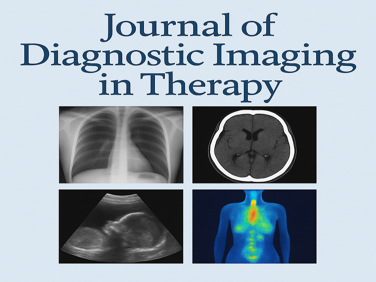Tumour Imaging
Tumour imaging has significantly evolved in recent years thanks to technological advancements and a better understanding of tumour biology. These developments have enabled the early detection and monitoring of tumours, significantly improving patient outcomes. This article will discuss various tumour imaging techniques, highlighting their advantages, disadvantages, and applications.
Computed Tomography (CT) scans utilise X-ray images to produce detailed, cross-sectional images of the body’s internal structures, including tumours. CT scans are widely used to identify tumours, determine their size and location, and assess whether they have spread to other tissues. The advantages of CT scans include their speed and accuracy in detecting tumours. However, CT scans expose patients to ionising radiation, which can be harmful in high doses.
Magnetic Resonance Imaging (MRI) uses powerful magnets and radio waves to generate detailed images of the body’s internal structures. Unlike CT scans, MRI does not use ionising radiation, making it safer for patients. MRI can distinguish between healthy and cancerous tissues, providing valuable information on tumour size, location, and possible infiltration into surrounding structures. MRI’s main drawback is its cost, making it less accessible for some patients.
Positron Emission Tomography (PET) is a functional imaging technique that detects metabolic changes associated with tumours. PET scans use a small amount of radioactive material introduced into the body through intravenous injection. Cancer cells typically have a higher metabolic rate than healthy cells, allowing them to absorb the radioactive substance more quickly. This increased uptake can be visualised on PET scans, highlighting areas of potential cancer. PET scans are useful for detecting metastatic tumours and monitoring tumour response to therapy. The main disadvantages of PET scans include their cost and exposure to ionising radiation.
Ultrasound imaging uses high-frequency sound waves to produce real-time images of the body’s internal structures. It is a non-invasive, radiation-free method for visualising tumours and assessing their size, location, and blood supply. Ultrasound is widely accessible, cost-effective, and safe for patients. However, its image quality is lower than CT, MRI, and PET scans, sometimes limiting its usefulness.
Optical imaging techniques, such as fluorescence and bioluminescence, offer a non-invasive, radiation-free approach to tumour visualisation. These methods rely on detecting light emitted by tumour-specific markers or fluorescent dyes. Optical imaging is particularly useful for studying tumour growth and response to treatment in preclinical models. However, the limited penetration of light in tissues can restrict its application in deep-seated tumours.
Tumour imaging has made significant strides in recent years, offering a variety of techniques to detect and monitor tumours effectively. Each imaging modality has its advantages and disadvantages, and the choice of method depends on factors such as tumour location, stage, and the patient’s overall health. As technology advances, tumour imaging will play an increasingly crucial role in the early detection and management of cancer, ultimately improving patient outcomes.
You are here:
home » tumour imaging


